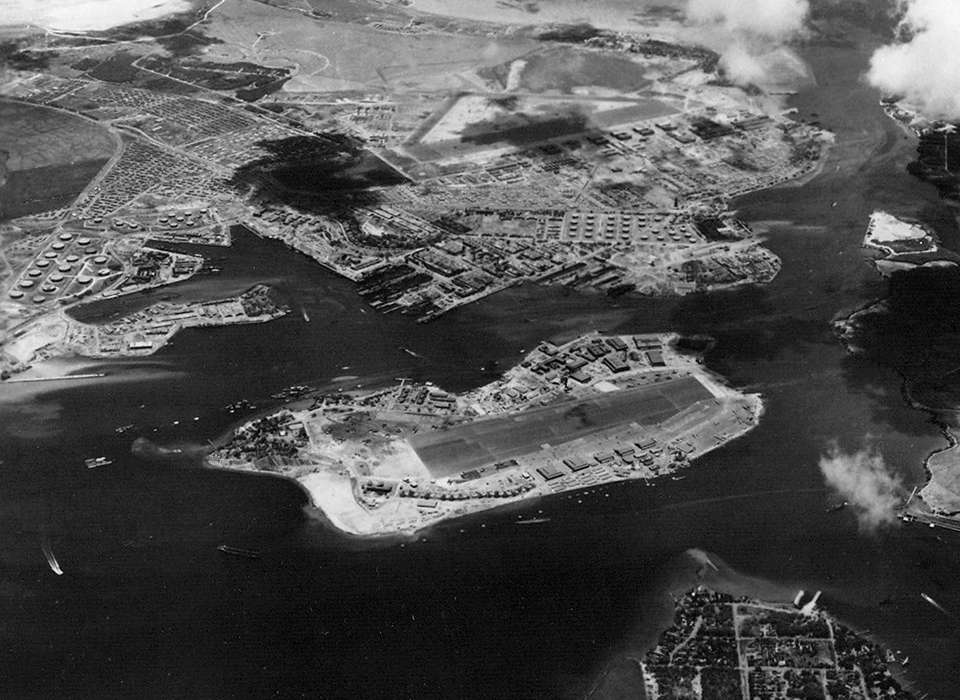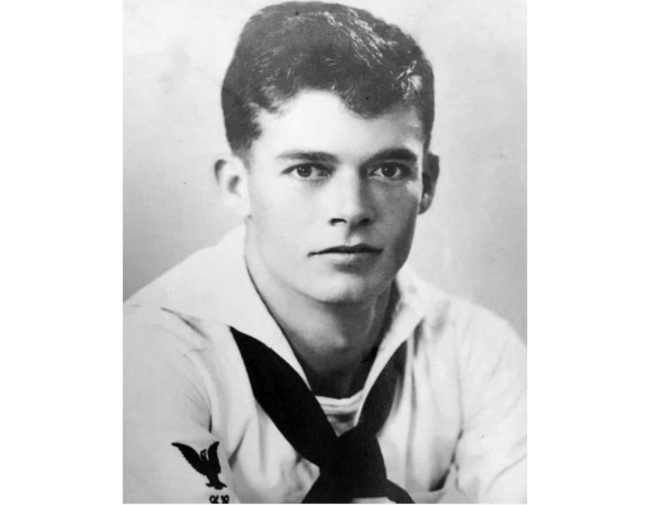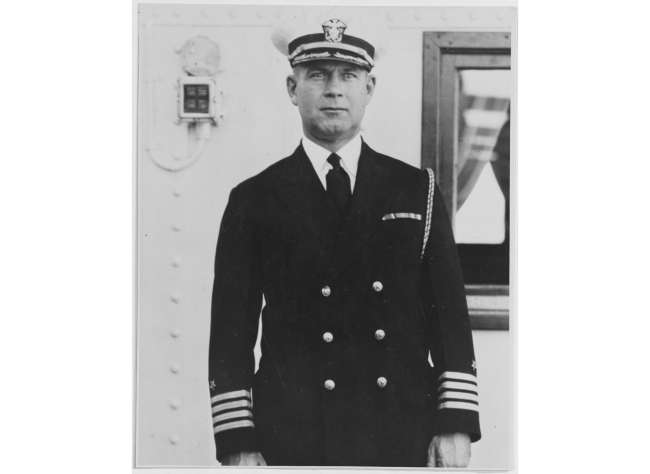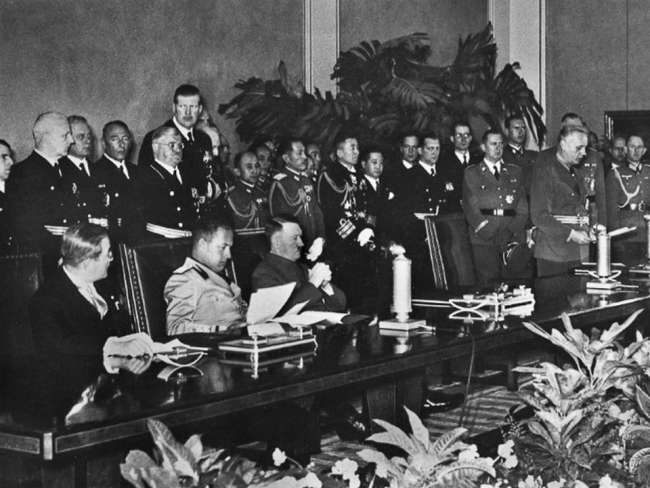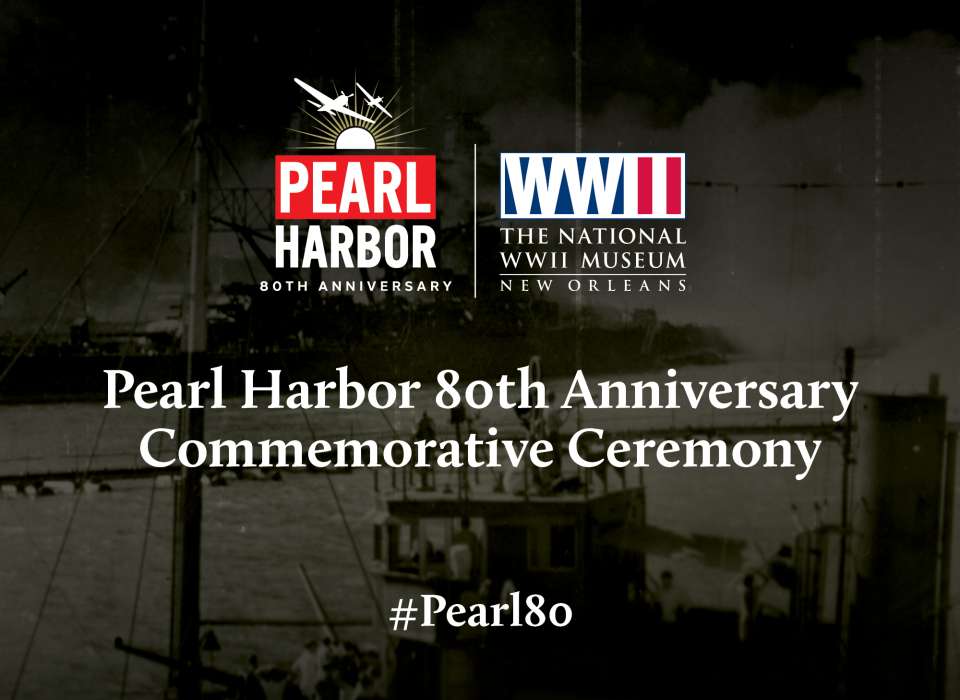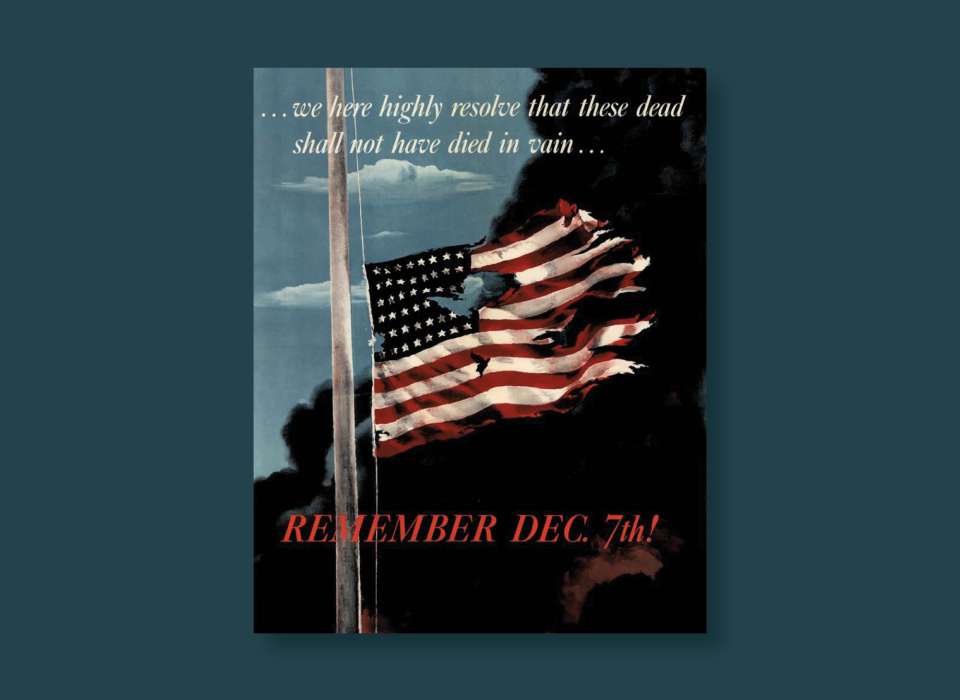Top Image courtesy of the National Museum of Naval Aviation.
The weeks after the Japanese attack on Pearl Harbor were tense for the residents of the Territory of Hawaii. As the Philippines, Guam, and Wake Island came under attack, it only seemed like a matter of time before the Japanese turned their attention to invading Hawaii. The sunny beaches of the islands were quickly entangled in barbed wire as Army crews looked to set up firing positions at critical points. Locals installed black-out curtains and volunteered to become watch wardens. School children walked to class carrying gas masks and the paper bills of the islands carried “Hawaii” overprints, making the money useless should it fall into Japanese hands.
The anxiety was more than simple paranoia. Even after their attack planes departed the area, the Japanese were not completely gone. Under cover of night, Japanese submarines would silently slide close to the beaches. The attackers avoided the patrol aircraft and keyed-up destroyers surrounding the naval base on O’ahu. Instead, the subs attacked softer targets. At sunset on December 15, 10 shells from a Japanese deck gun crashed into the port facilities at Kahului on Maui. Three of the projectiles hit a pineapple cannery, doing $700 worth of damage. On the night of December 30-31, the subs were back, not only hitting Kahilui, but also hitting Nawiliwili on Kauai and Hilo on the Big Island.
On the night of January 28, 1942, the US Army transport General Royal T. Frank was hauling soldiers between islands when it blundered into the path of a Japanese submarine on patrol in Alenuihaha Channel. There were 60 men on the Frank; 36 of them survived the attack. As oil-soaked debris from the doomed vessel, along with victims of the attack, washed up on Maui’s Hana coast, it was clear that the islands were not safely out of reach of Japanese aggression.
Operation K was conceived by the Japanese as a scouting mission to investigate the American recovery efforts from the December 7 attack. However, in order to sow panic with the locals, the planes would bring along some bombs too. Each Kawanishi H8K “Emily” flying boat hefted four 250-kilogram bombs meant for the 1010 dock at Pearl Harbor. In an effort to take advantage of a full moon, the attack was scheduled for March 4, 1942.
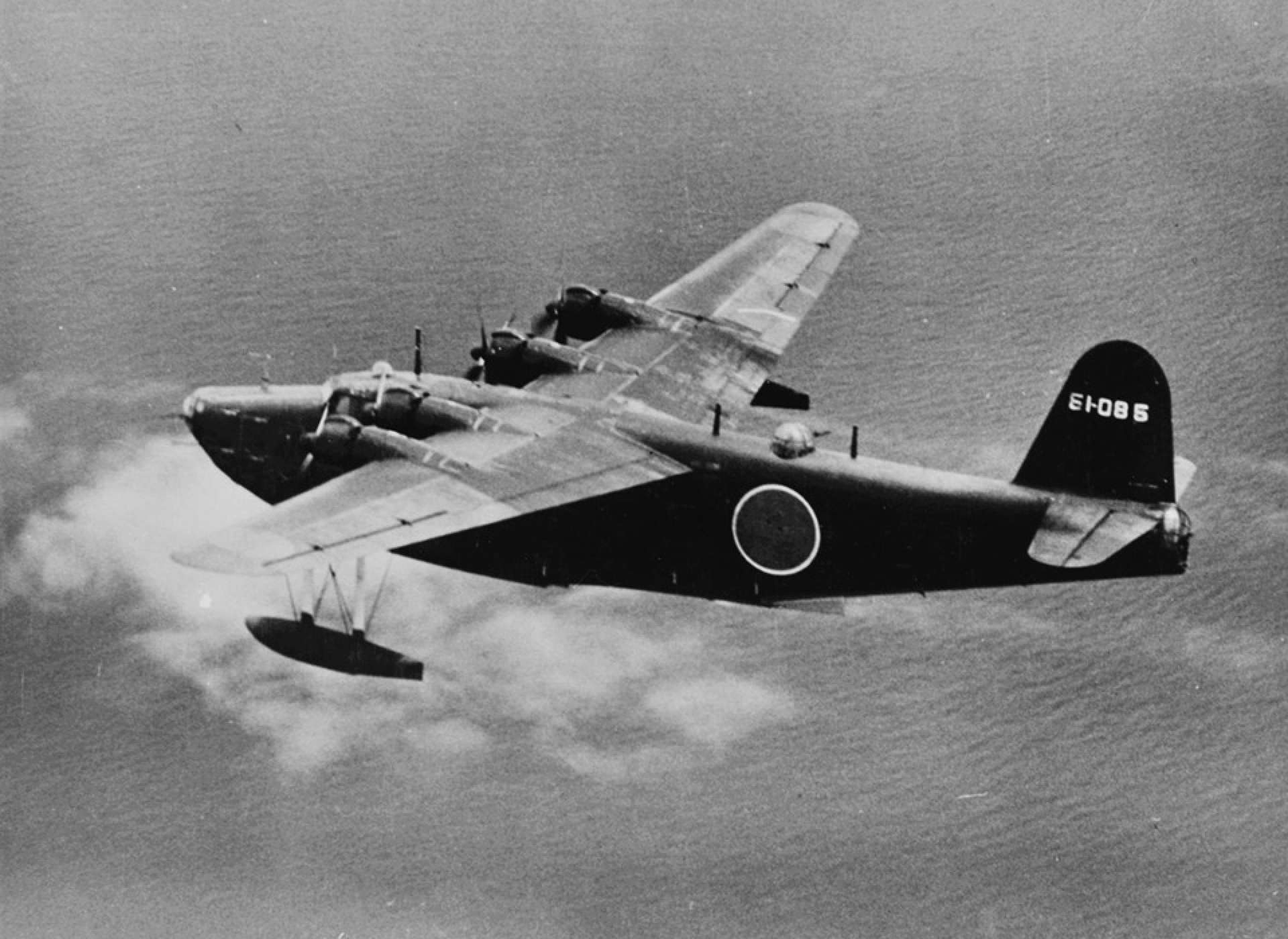
A Kawanishi H8K flying boat aircraft, code named “Emily.” This one was photographed in 1944 when a US patrol plane happened upon the Japanese airplane over the Central Pacific. Courtesy of the National Archives.
The mission was a nightmare when it came to the factors of distance, weather, and logistics. The aircraft would have to fly from the Marshall Islands, crossing 1,900 miles of ocean to a remote atoll named French Frigate Shoals. There, the flying boats would land, get fuel from a waiting submarine, and then take off again to cruise southeast for the final 310 miles to O’ahu.
The planned five aircraft to execute Operation K became two; the only long-range “Emily” flying boats available. Submarine I-23, which had been tasked with surfacing off the south shore of O’ahu to give a weather report, had been lost at sea days before, so the pair of attackers went in blind.
The weather over French Frigate Shoals was clear as they made their refueling stop, but as the two aircraft cruised toward O’ahu, the Hawaiian Islands were socked in with clouds. The American forces saw them coming on radar, first over Kauai and later at O’ahu. Curtiss P-40s were scrambled to intercept, but they too had trouble in the pea soup clouds over the island. Simultaneously, the Navy launched PBY patrol planes to look for the Japanese air carriers they mistakenly assumed must be skulking nearby.
Lost and separated, the pair of Japanese flying boats made runs on the island individually. Blackout conditions and oppressive weather made it difficult to see the island, let alone a specific repair facility in Pearl Harbor. After taking a fix on the island’s westernmost point, one of the aircraft dropped its bombs into the sea.
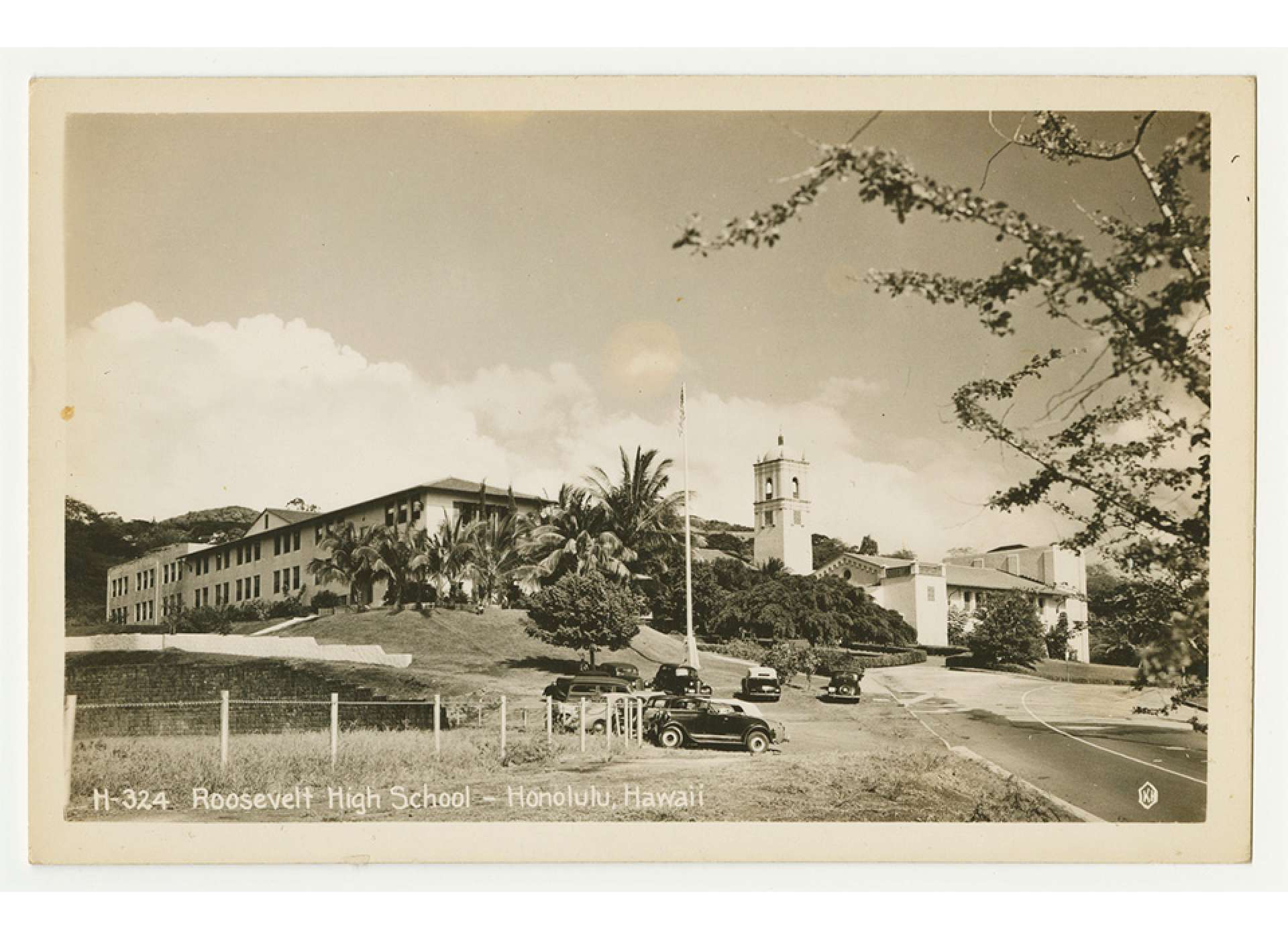
The Japanese risked men and machines for their night mission but got nearly nothing in return. Honolulu’s President Theodore Roosevelt High School has the distinction of surviving an enemy bombing attack. The National WWII Museum, 2021.
The second hit land at least—releasing about eight miles from the target. The bombs came down on the slopes of Tantalus Peak, narrowly missing Honolulu’s Roosevelt High School. The detonations striking the ground 900 feet away shattered windows in the Spanish mission-style school building.
Avoiding the searching P-40s, the flying boats headed back towards the Marshalls, with nothing to show for their work but the knowledge that the Japanese flyers had participated in the longest bombing mission in history up to that point.
American forces soon figured out the logistics of the convoluted Japanese attack. Near the end of May 1942, when conditions were right for another sortie, the “Emily” flying boats were scheduled to go back into the skies. Their primary mission was to snoop on the American carriers, guaranteeing they were docked at Pearl Harbor as the Imperial Japanese Navy conducted their takeover of Midway Atoll.
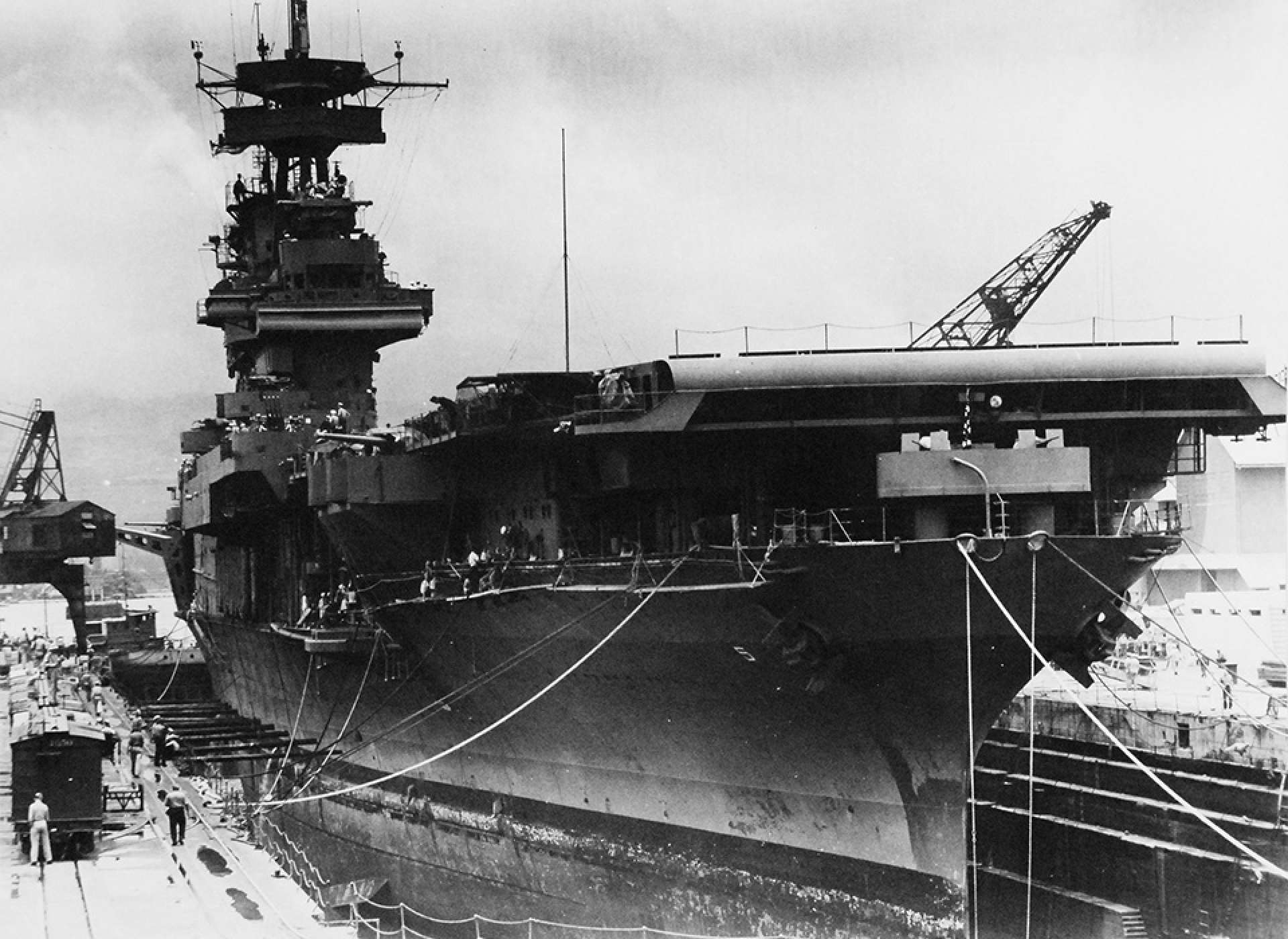
The USS Yorktown (CV-5) in drydock at Pearl Harbor Navy Yard on May 29, 1942—the day before Japanese aircraft were scheduled to spy on the whereabouts of the American carrier fleet. The vessel was steaming toward Midway the next day. Courtesy of the National Archives.
When a Japanese submarine scrutinized French Frigate Shoals in preparation for a fueling rendezvous, the crew found many areas mined by the Americans, and then they spotted a pair of US Navy fighting vessels awaiting their arrival. The jig was up.
As a result, the second Operation K mission was aborted before it even began. The whereabouts of the US Navy’s carrier forces would remain a mystery until they were spotted by a scout plane from the Japanese cruiser Tone five days later in the vicinity of Midway.
Cite this article:
MLA Citation:
APA Citation:
Chicago Style Citation:
